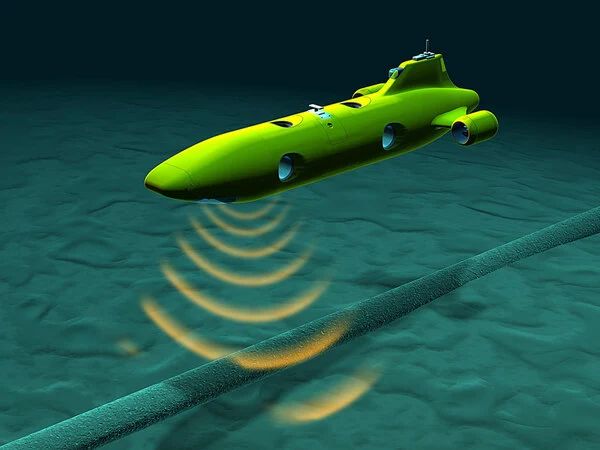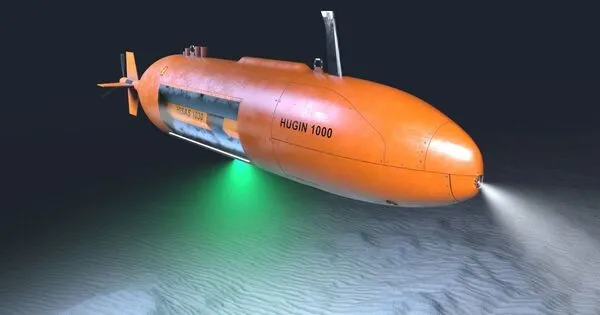Unmanned Underwater Vehicles (UUVs) are employed all over the world to carry out challenging environmental, remote, oceanic, defense, and rescue operations in often unpredictable and harsh environments.
A new study headed by Flinders University and French academics has employed a revolutionary bio-inspired computing artificial intelligence solution to increase the capacity of UUVs and other adaptive control systems to function more reliably in rough seas and other unforeseen conditions.
This innovative approach, using the Biologically-Inspired Experience Replay (BIER) method, has been published by the Institute of Electrical and Electronics Engineers journal IEEE Access. Unlike conventional methods, BIER aims to overcome data inefficiency and performance degradation by leveraging incomplete but valuable recent experiences, explains first author Dr Thomas Chaffre.
The outcomes of the study demonstrated that BIER surpassed standard Experience Replay methods, achieving optimal performance twice as fast as the latter in the assumed UUV domain.
Dr Thomas Chaffre
“The outcomes of the study demonstrated that BIER surpassed standard Experience Replay methods, achieving optimal performance twice as fast as the latter in the assumed UUV domain.”The approach demonstrated outstanding versatility and efficiency, demonstrating its capacity to stabilize the UUV in a variety of demanding settings.”
The approach uses two memory buffers, one for recent state-action pairings and another for positive rewards. To assess the effectiveness of the suggested strategy, researchers ran simulated scenarios using a robot operating system (ROS)-based UUV simulator, gradually increasing the complexity of the scenarios. The target velocity values and the degree of current disruptions varied between the situations.

Senior author Flinders University Associate Professor in AI and Robotics Paulo Santos says the BIER method’s success holds promise for enhancing adaptability and performance in various fields requiring dynamic, adaptive control systems.
UUVs’ mapping, imaging, and sensor control capabilities are fast increasing, particularly with Deep Reinforcement Learning (DRL), which is rapidly expanding adaptive control responses to underwater disturbances that UUVs may experience. However, the effectiveness of these strategies is called into question when confronted with unexpected variances in real-world applications.
The complicated dynamics of the undersea environment limit the observability of UUV manoeuvring tasks, rendering present DRL approaches ineffective. The development of BIER represents a huge step forward in improving the effectiveness of deep reinforcement learning methods in general. Its capacity to navigate unpredictable and dynamic situations efficiently is a promising improvement in the field of adaptive control systems, experts say.





